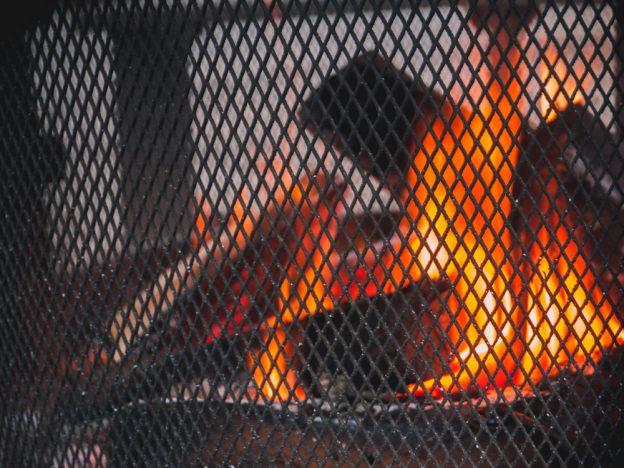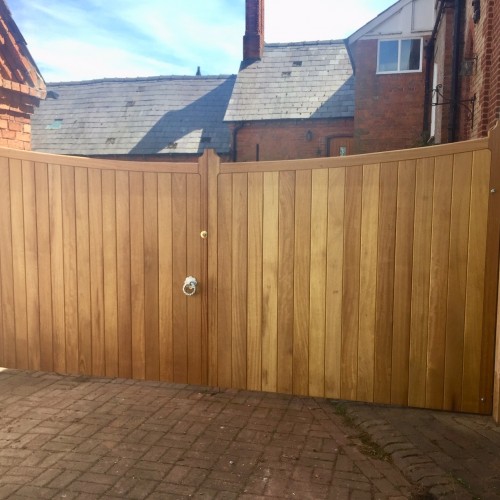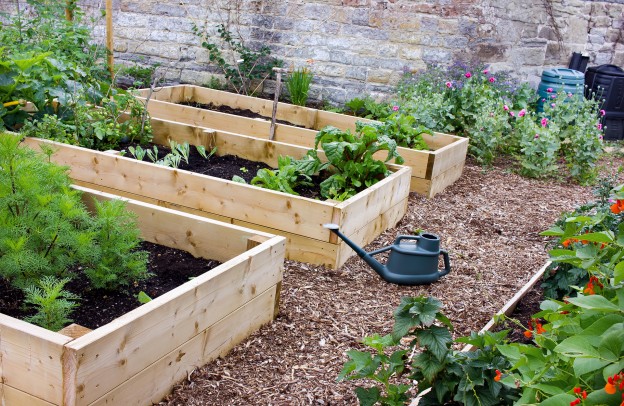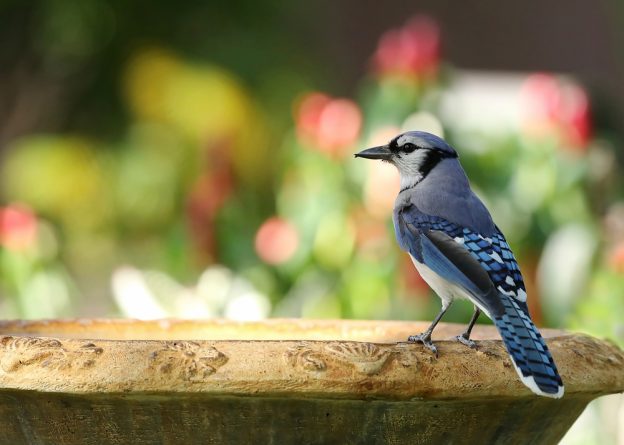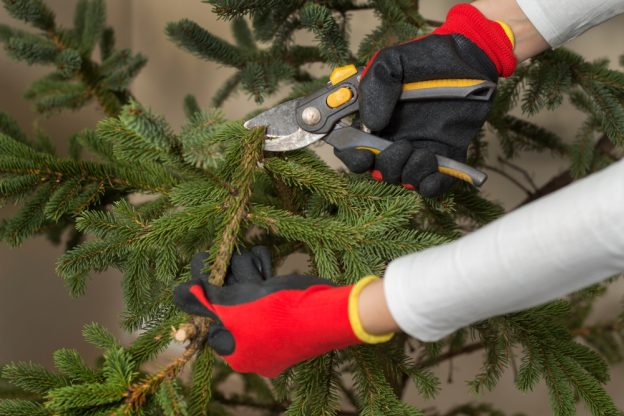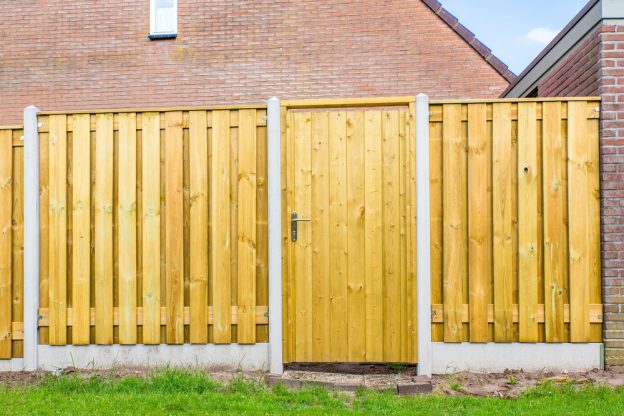Over the winter months, many people visit us to stock up on their logs and coal to heat up their homes. But what about when you sit outside with your firepit? Here at Weston Sawmill, we’ve got you stocked, even in the height of summer.
The Garden Firepit
Every summer more and more people spend time in their gardens, surrounded by friends and family. But as the sun starts to set, the weather begins to cool and we look for ways to warm up not only ourselves but also our friends and family. The best way to do this is to use the ever-popular fire pit.
There are different varieties of firepit available, both on the market and that you can build yourself. With this in mind, you need to be aware of which you are using before you start lighting those fires. Using the correct materials can not only help your fire to keep burning as long as possible but also help to extend the lifespan of your fire pit.
Two Types Of Fire
The reason you need to know the style and quality of your firepit is to ensure that you are lighting the most appropriate fire.
Fires with a coal base are great if you want them to burn for longer. While you might have to top up the logs on top, the coals will help to retain the heat for longer, meaning that the risk of the new logs needing to be lit is very low. However, the use of coal also means that the fire will burn at a higher temperature. Depending on the style of firepit that you are using, the use of coal might be too much.
Usually, with lower quality firepits or enclosed firepits, we recommend not using coal and this can drastically reduce the lifespan of the firepit and may even cause immediate damage.
The other type of fire is a standard log fire. This means keeping all your materials as dried logs, wood and kindling. While this style of fire will burn at a cooler temperature, it will still give off significant heat to keep everyone happy.
Keep Your Wood Dry
When it comes to your outdoor firepit, we offer the same advice as we do with your internal stove. Keep your logs as dry as possible.
Burning wet or damp can produce an increased amount of smoke. Many areas in the UK are now smokeless zones, and while this is seldom monitored, your neighbours would have the ability to report you should the smoke become a nuisance.
To help keep your logs contact us to discuss having your log store built to order, alternatively, come and visit us to see the ones we currently have on display.
For more information on our logs and coal or our log stores, please come and visit us, or get in touch today and our friendly team will be happy to assist you.

